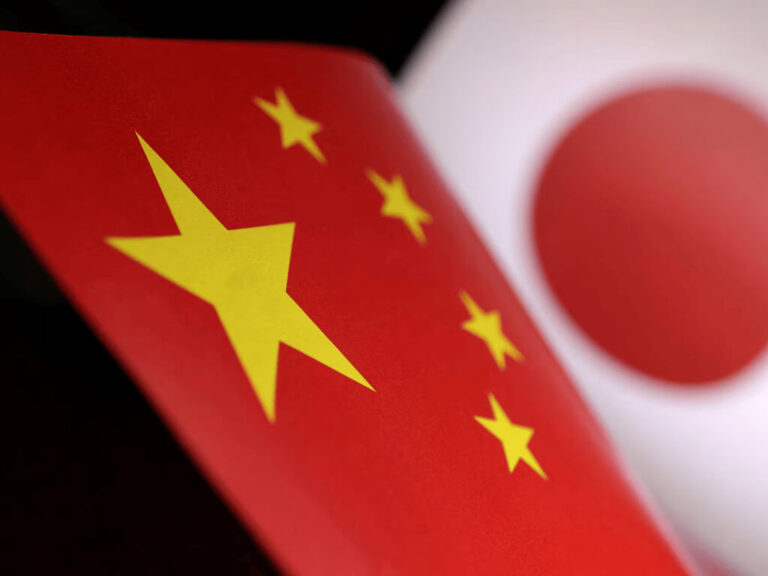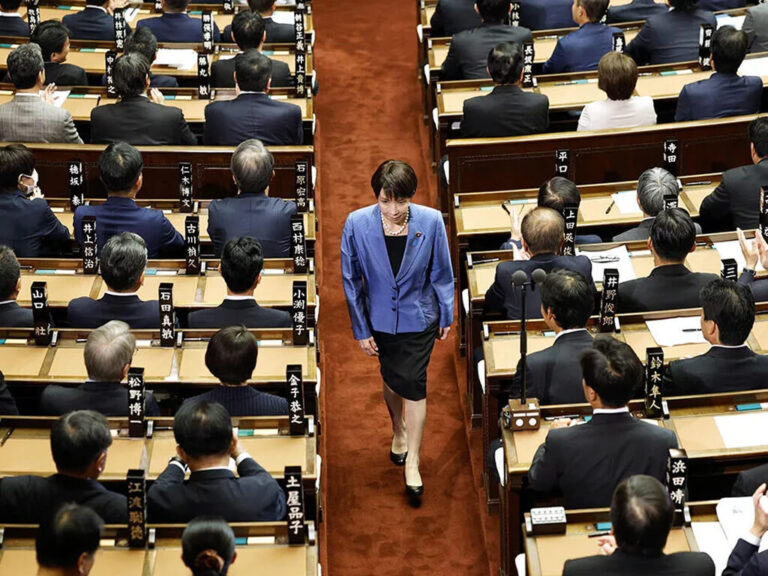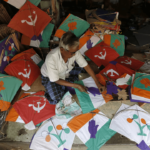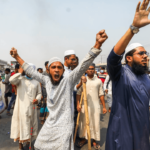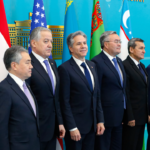While ASEAN continues to champion the idea of regional unity—especially in the face of rising tariffs and growing global interest—the situation on the ground tells a different story. Longstanding tensions between neighboring states persist, with one of the region’s most enduring and sensitive disputes unfolding between Thailand and Cambodia.
For nearly a century, the two countries have contested stretches of their shared border, periodically descending into military standoffs and surprise skirmishes. These confrontations often ignite nationalist sentiment on both sides. The latest clash, which occurred in May, left a Cambodian soldier dead and several others injured, briefly fanning the flames of patriotic fervor in both nations.
Tensions remain high in the contested area, which is home to the disputed Preah Vihear temple—a historic Hindu site that draws thousands of visitors. In response to the standoff, Thailand has closed two border crossings to tourists and is reportedly strengthening its military presence along the frontier.
A complicated relationship
Relations between Thailand and Cambodia remain deeply entangled, shaped by a long and complicated history. Cambodia supplies migrant labourers to Thailand, while Thailand stands as one of Cambodia’s leading investors, ranking sixth overall. Yet beneath these ties lies a persistent source of tension: the unresolved demarcation of their shared border.
At the heart of the dispute is Preah Vihear—a centuries-old Hindu temple dramatically situated on a cliff—revered not just for its historical value but as a potent emblem of national pride for both countries. The border conflict over the site was brought before the International Court of Justice (ICJ) in 1962, which ruled in favor of Cambodia. Thailand, however, has long resisted fully accepting the court’s decision.
Tensions have increasingly migrated online, where debates over the origins of cultural icons regularly ignite nationalist outrage and, at times, spill into real-world violence. In 2003, anti-Thai riots in Phnom Penh culminated in the burning of the Thai Embassy, prompting Thailand to downgrade diplomatic relations. A similar rupture occurred in 2009 when Cambodia appointed former Thai Prime Minister Thaksin Shinawatra as an economic advisor—a move that provoked strong backlash in Bangkok. Military clashes also flared in 2008 and 2011, further highlighting the volatility of the relationship.
The most recent clash
The most recent clash between Thailand and Cambodia occurred in May, leaving one Cambodian soldier dead. Royal Cambodian Army spokesperson Mao Phalla confirmed the fatality and reported several additional injuries, though he declined to provide further details. According to Phalla, the incident began when Thai troops attacked a routine Cambodian patrol near the disputed Preah Vihear province, which borders Thailand’s Ubon Ratchathani. He alleged that the soldier was killed in the trenches during the assault.
The Thai military offered a different account. In a statement, the Royal Thai Army claimed the confrontation started when Cambodian troops opened fire, prompting a ten-minute exchange that ended only after Cambodian forces requested a ceasefire. Thai Defense Minister Phumtham Wechayachai later stated that the situation was under control and emphasized that neither side intended to escalate the conflict.
In the aftermath, authorities in Thailand’s eastern Chanthaburi province temporarily shut down two permanent border checkpoints to tourist traffic, citing concerns over national sovereignty and security. Operating hours were also reduced at six other checkpoints along the border, and six-wheeled vehicles were temporarily banned.
Defense Minister Phumtham, who also serves as deputy prime minister, confirmed that Thailand had reinforced its military presence in response to increased Cambodian troop activity. He said the buildup had elevated tensions and that Thailand was taking necessary precautions to enhance border security and adjust its military posture. The Royal Thai Army added that it remained ready to launch a high-level operation if national sovereignty were threatened.
What happens next?
Thailand and Cambodia, both constitutional monarchies, exemplify nepotistic politics, where power is concentrated within long-standing political dynasties. In such systems, nationalism often serves as a strategic tool to sustain domestic legitimacy. The ongoing border dispute offers both governments a convenient means of rallying public support—though neither appears eager to escalate the conflict to a level that would endanger their vital tourism sectors.
Thailand’s Foreign Ministry has pledged to hold bilateral talks with Cambodia on June 14 in an effort to ease rising tensions. On the same day, Cambodian Prime Minister Hun Manet reiterated that Cambodia’s position is defensive, not provocative. Earlier in the week, Cambodia announced plans to submit a formal complaint to the International Court of Justice (ICJ).
Regional actors, including ASEAN and China, have intensified efforts to mediate. Yet, as long as both governments continue to use the dispute to stoke nationalist sentiment and distract from domestic political pressures, a lasting resolution remains unlikely.


